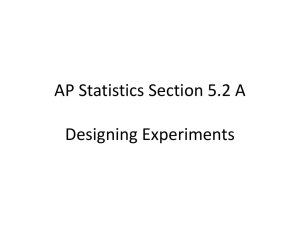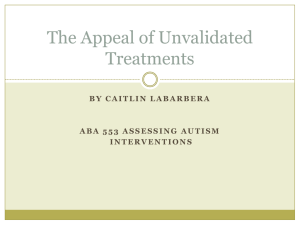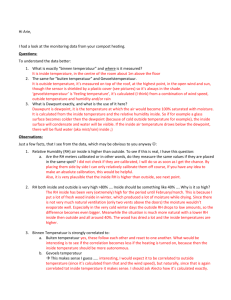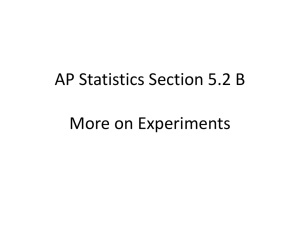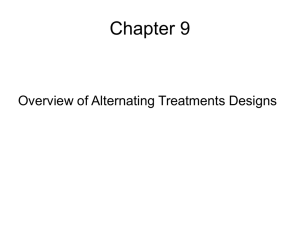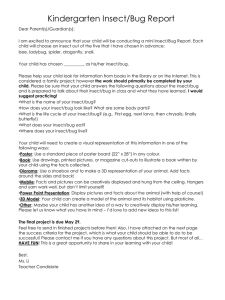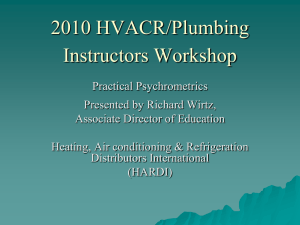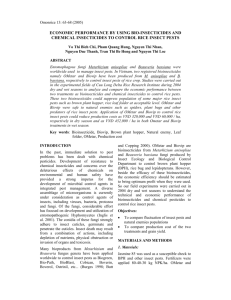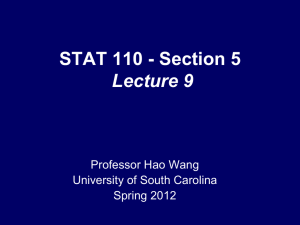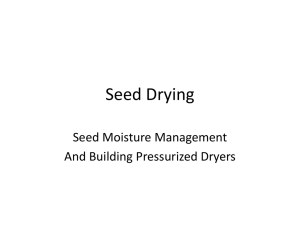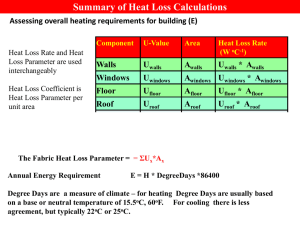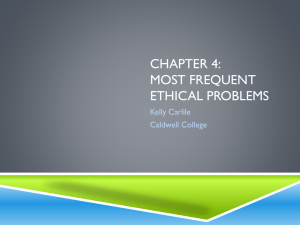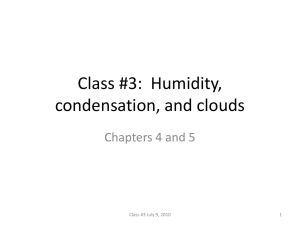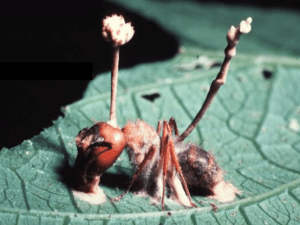Termites - Isoptera
advertisement
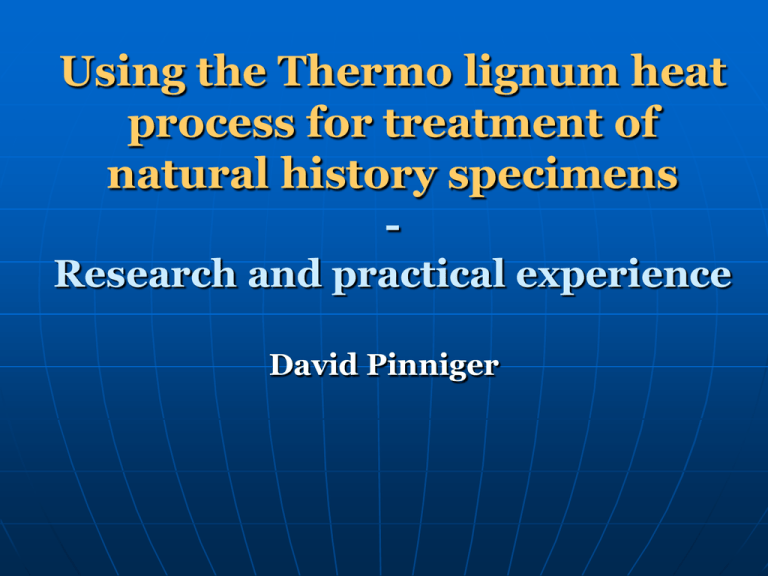
Using the Thermo lignum heat process for treatment of natural history specimens Research and practical experience David Pinniger Integrated pest management is essential to prevent insect damage to collections Main components of IPM Checking for pests Good housekeping Good environment without extremes of temperature or humidity Quarantine procedures to prevent introduction of live pests Safe and effective control treatments for objects Options for control treatments Low temperature Anoxia Carbon dioxide High temperature Low temperature -20°C for 2 weeks -3o°C for 3-5 days Effective but objects MUST be bagged to prevent moisture changes Carbon dioxide Effective, but exposure can take 3 weeks or more Issues with registration in some countries Anoxia Can be effective, but exposure can take 3 – 5 weeks Difficult to maintain 0.3% oxygen for a long period Not effective for some wood borers Heat treatment Historical use of heat to kill insects Heating food on sheets in tropics Heating buildings to kill food pests Heating insect drawers to kill carpet beetles How high a temperature do you need to kill insects? 52°C for most museum pests 55° C g for some woodborers such as Hylotrupes 1 to 2 hours exposure will kill insect eggs, larvae, pupae and adults The main issues using heat with uncontrolled humidity Drying out of objects Splitting, shrinkage and cracking What happens if you control the humidity to a set level? There is no transfer of moisture from the object to the environment No shrinkage, cracking or distortion Development of the ThermoLignum Chamber Computer controlled heat/ chamber with RH control developed in Germany UK chamber in operation since 1994 Chambers also in Austria, Norway Switzerland and Belgium Operating system The key is to introduce moisture in the heating cycle Remove moisture in the cooling cycle Practical treatments Objects treated for major UK museums include: Books Archives Textiles Leather Upholstery Wooden objects Contemporary Art Trials at the Natural History Museum London Mammals Birds Crustacea Insects Vascular plants Bryophytes Lichens Fish Further trials to measure relative humidity inside insect drawers Generally very stable and consistent conditions in closed insect drawers Key issues Spacing of drawers to ensure sufficient air circulation space [See Ackery et al 2005 for details] What is the effect of heat treatment on DNA? Some concerns that 52°C may affect subsequent DNA extraction from specimens Trials of fresh and aged insect material at the NHM London showed no effect on DNA extraction [See Ackery et al 2004 for details] Other research Kigawa et al 2003 Tested the effects of a range of treatments on DNA of fungi and chicken meat Heat, freezing and anoxic treatments had no measurable effects on DNA Practical treatments of natural history collections in the UK Scarborough, England Practical treatments of natural history collections in the UK Kew Herbarium Key benefits in practice Speed of treatment - 24 hour cycle No need to bag objects – particularly costly with large scale freezing programmes Energy consumption - Need for detailed cost breakdown of -30C for 3-4 days and +52C for a few hours Heat treatments in the future? Ensure that there is clear understanding of the difference between heat treatments with and without controlled humidity Demonstrate the low risks to collections from controlled humidity heat treatments Wider acceptance in the light of advantages of labour input and energy budget

